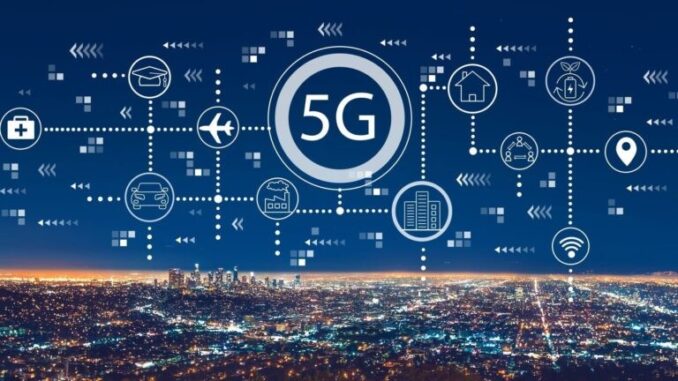
5G sensors connected to the Internet of Things (IoT) represent a significant advancement in technology, enabling a new wave of applications across various industries. Here’s an overview of how these sensors function, their benefits, and some applications:
Low Latency: 5G technology offers extremely low latency, typically around 1 millisecond. This allows sensors to communicate data almost in real-time, which is critical for applications that require immediate response, such as autonomous vehicles or remote surgeries.








High Bandwidth: 5G provides higher data transfer rates compared to its predecessors (4G, 3G), allowing for the transmission of large amounts of data from multiple sensors simultaneously.
Enhanced Connectivity: 5G networks can support a significantly higher number of devices per square kilometer, making it ideal for environments with a dense deployment of sensors, such as smart cities and industrial IoT.
Edge Computing: Many 5G sensor applications leverage edge computing, where data processing occurs closer to the source of data generation, reducing the load on central servers and decreasing latency further.
Improved Efficiency: Real-time data collection and analysis can lead to more efficient operations in manufacturing, logistics, and resource management.
Remote Monitoring and Control: Sensors can be deployed in locations that are hard to reach or dangerous for humans, allowing for remote monitoring and control.
Enhanced Reliability: The robustness of 5G networks can lead to fewer outages and more reliable connections for critical applications.
Data-Driven Insights: With the ability to collect vast amounts of data, businesses can derive insights that inform decision-making and operational improvements.
Smart Cities: 5G sensors enable smart lighting, traffic management systems, and waste management solutions, improving city infrastructure and citizen services.
Healthcare: Remote health monitoring devices can transfer patient data in real-time to healthcare providers, enabling better patient management and quicker response times in emergencies.
Agriculture: Precision agriculture utilizes 5G sensors to monitor soil moisture, crop health, and weather conditions, optimizing irrigation and fertilizer use.
Autonomous Vehicles: 5G connectivity is crucial for the safe operation of autonomous vehicles, allowing for quick communication between the vehicles and their surroundings.
Supply Chain Management: Real-time tracking of goods and inventory with sensors improves logistics and helps manage supply chains more effectively.
Despite the advantages, there are challenges to deploying 5G-connected sensors, including:
Infrastructure Costs: Upgrading to 5G networks and the required infrastructure can be expensive.
Security Concerns: Increased connectivity also raises potential cybersecurity threats that need to be addressed.
Interoperability: Ensuring that sensors from different manufacturers can work together seamlessly.
As the technology matures and more applications are developed, the use of 5G-connected sensors will likely continue to grow, leading to smarter and more efficient systems across various sectors.


Leave a Reply